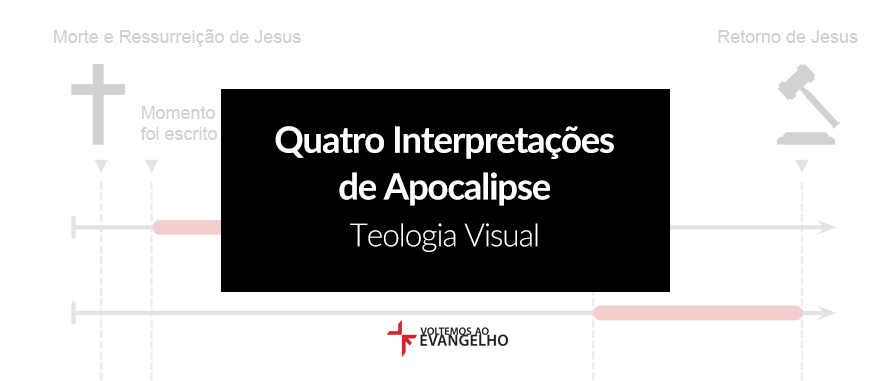The New Testament Faithful Leadership course of Biblical Theology aims to provide students with a historical, theological and literary introduction to the books that make up the New Testament, as well as to propose instruments for their correct interpretation. is the Revelation Here are the four ways to read the Revelation:
1. PRETERRISTA: The Apocalypse speaks of past events.
- The events described in Revelation take place at the time when the letter was written and must be books with this historical context in mind.
- That is.
- The letter was written primarily for Christians of the first century.
- Under the rule and persecution of Rome.
- Therefore.
- We must understand how they were originally able to read it.
- Before applying it to ourselves.
2. FUTURYER: The Apocalypse Talks About Future Events
The events described in the revelation were to take place in the distant future, at least from the point of view of the original readers. So the focus is on future events, including times of “tribulation” and ‘millennium’.
3. HISTORY: The Apocalypse Talks About History
The Revelation describes the main events in history ranging from the death and resurrection of Jesus to his return as a judge. It can be seen as a chronology, by which we can interpret “the signs of the times”. In other words, today’s world. Events are described in The Apocalypse.
4. IDEALISTA: Apocalypse speaks of timeless principles
The Revelation does not speak of a particular moment, it speaks of a pattern of facts or tendencies that will be repeated throughout history, as an encouragement to God’s people of all times facing persecution. In this sense, it’s a timeless message.

